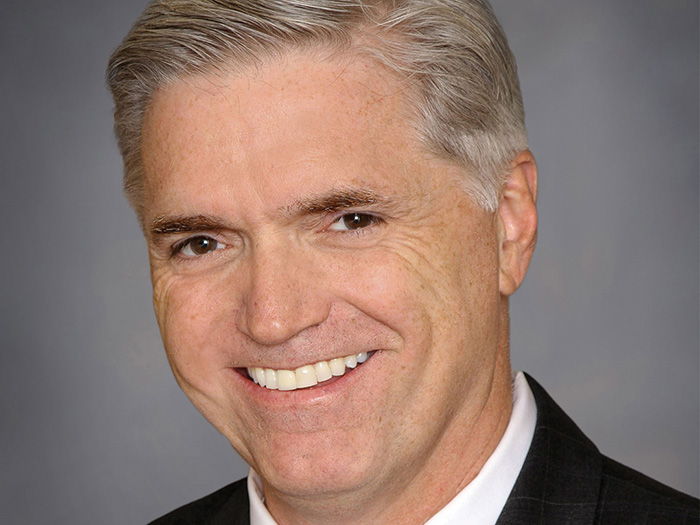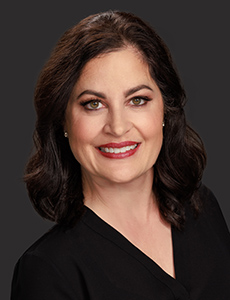COVID-Related Workers’ Comp Claims Are Here. And Yes, A Small Percentage of Them Are Costly

Mitchell, the workers’ compensation software company, has released its second COVID-19 claims report.
In this case, the report “High Dollar Claims Driving Workers’ Compensation COVID-19 Claims Costs” focuses on trends that echo larger considerations — higher dollars in fewer claims.
This year, as COVID wanes in countries where vaccines and boosters are readily available, Mitchell delineated two major findings:
- COVID-19-related workers’ compensation claim costs are rising, which can be attributed to a small percentage of high-dollar claims.
- Most industry sectors returned to or exceeded pre-pandemic claim volumes in 2021, with the exception of the accommodation and food services industry sector, which came up just short of 2019 volumes.
Surprise high dollar claims are the primary concern as COVID occupies a less prominent role in popular and industry-specific imagination.
For Tina Queen, Mitchell’s senior manager, product management for the company’s Casualty Solutions Group, the analysis is not clearly indicative of any specific issue, but she acknowledged that the generalized syndrome known as “long COVID” could play a role.
“We can make educated guesses based on the data we reviewed. We do think it’s possible that some of the increase is related to long COVID,” said Queen.
“We found that a small percentage of COVID-19 claims are driving the majority of claim costs. About four percent of the COVID claims we reviewed had 10,000 in indemnity benefits per claim. We use that number as a benchmark.”
Defining Long COVID
According to the World Health Organization (WHO), long COVID is characterized as a condition that “occurs in individuals with a history of probable or confirmed SARS-CoV-2 infection, usually three months from the onset of COVID-19 with symptoms that last for at least two months and cannot be explained by an alternative diagnosis.”
Common symptoms include:
- Fatigue
- Shortness of breath
- Cognitive dysfunction
- Others which generally have an impact on everyday functioning
Through further analysis, Mitchell found that the vast majority of those high-dollar COVID claims occurred in 2020, which Queen said indicates that long COVID has some bearing on the increase.
However, it would require further analysis to parse that out from deaths and settlements.
Mitchell noted in the report that preliminary analysis of the data shows many of the high-dollar claims in the Mitchell dataset were settled claims related to death or extreme illness due to COVID-19, but that this is not necessarily a trend.
Determining whether this is a trend will be the focus on next year’s report.
Across reports, indemnity costs remain a major concern: “The indemnity costs have gone up significantly,” Queen said.
“As of December, the average indemnity cost for a COVID claim increased 40% when compared with Mitchell’s analysis in June of 2021 — to about $3,500 per claim. Only 12% of the COVID-related claims had over $4,000 in indemnity paid. When we exclude that top four percent of claims, the indemnity cost dropped to $1,452.
“Most of this is driven by claims that have medical costs associated with them. So a claimant is actually seeking medical treatment for COVID. The cost of indemnity-only claims has remained pretty consistent, so someone for example was exposed on the job and forced to take time off.”
Queen explained this consistency is logical given the fact that the workers’ comp industry has reimbursed similarly for quarantine periods.
The report noted the workers’ comp claim trends are basically back to pre-pandemic levels, with the exception of the food and hospitality sector, where there was still a minimal increase compared to historical data. Mitchell attributes this difference to the fact that most industries were not affected as profoundly as food and hospitality by pandemic restrictions.
Indeed, NCCI noted in a 2021 analysis that with more employers potentially switching workers to the office/clerical class codes (8810) as job duties change, loss experience could improve. Telecommuting exposure is embedded into the industry group.
So if claim volumes tick higher on the hospitality side and lower across the average 40% of jobs that require little if any onsite work, it could be a wash.
Looking Forward
As rate filing season begins again, COVID claims are still excluded. NCCI has maintained its policy that “compensable claims directly attributable to the COVID-19 pandemic and reported under Catastrophe Number 12 will be excluded from the data underlying state loss cost and rate filings.”
With Mitchell’s data analysis in mind, industry leaders may be at a crossroads — most jurisdictions have no intention of re-imposing pandemic restrictions even if another surge occurs, and it’s reasonable to expect that it could.
“While we can’t predict the future, we can look back at the patterns to see what might happen in a given scenario,” Queen said.
“Ever since the start of the pandemic, workers’ compensation claim counts have ebbed and flowed corresponding with the changing number of cases. As vaccines and boosters became more widely available in the U.S. in 2021, most jurisdictions significantly rolled back restrictions. Even as the delta variant arose last year most states did not reimpose those restrictions or stay at home orders that existed at the start of the pandemic, and instead opted for mask mandates or vaccine requirements.”
This report did not include the omicron surge, so Mitchell plans to look back at that data in another report. Queen noted that the high dollar claims numbers could vary significantly when they look at that surge.
The uneven effort to vaccinate the developing world in a global economy could also rear its ugly head in the coming year ahead of Mitchell’s next report.
Borders are open again and despite repeated calls and vaccine rate goals of 70% for all countries from the WHO, some poor nations are still effectively shut out of the vaccine market entirely, primarily in Africa.
The vaccine equity refrain — no one is safe until everyone is safe — doesn’t carry the weight it used to in wealthy Western countries, where hybrid work, vaccine oversupply, and decreases in monetary consequences for the financial sector mean that the pandemic is over for most citizens. &











